Neuroscience
-
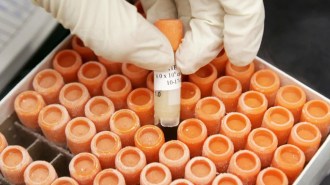 Neuroscience
NeuroscienceEarly Parkinson’s trials revive stem cells as a possible treatment
The phase I clinical trials showed stem cell transplants for Parkinson’s disease appear to be safe and might restore dopamine-producing brain cells.
-
 Neuroscience
NeuroscienceMemory manipulation is the stuff of sci-fi. Someday it could be real
Experiments point to how scientists can strengthen or weaken memories, which may eventually lead to treatments for Alzheimer’s disease or PTSD.
-
 Health & Medicine
Health & MedicineA deep brain stimulation volunteer discusses life after depression
In this bonus episode of The Deep End, you’ll hear an update from Jon Nelson, who is living what he calls his "bonus life."
-
 Neuroscience
NeuroscienceHuman memory is flawed. But a new book says that’s OK
The new book Memory Lane convincingly demonstrates how memories are like Lego buildings that are constantly being rebuilt.
-
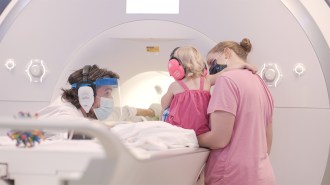 Neuroscience
NeuroscienceBabies can form memories, and they do it a lot like adults
A brain scanning study of babies reveals how some of the earliest memories are made.
-
 Neuroscience
NeuroscienceParrots and humans share a brain mechanism for speech
Brain activity in vocalizing budgerigar parrots showed a pattern that harkened to those found in the brains of people.
-
 Neuroscience
NeuroscienceParenthood may help the brain stay young
A study of nearly 38,000 adults shows that the number of kids correlates with coordination of brain regions’ activities — regardless of parents’ sex.
-
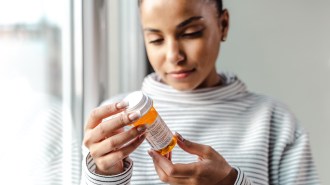 Health & Medicine
Health & Medicine6 things to know about antidepressants
An abundance of data show that SSRIs, a class of drugs commonly used as antidepressants, are effective, though, like any drug, they have risks.
By Meghan Rosen and Laura Sanders -
 Health & Medicine
Health & MedicineBrain implants don’t change a person’s sense of self. Hear why
In the fifth episode of The Deep End, volunteers describe what it’s like to live with the stigma of depression and the treatments they seek for it.
-
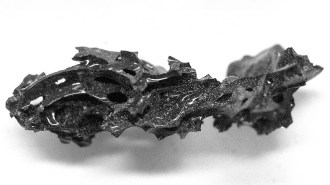 Archaeology
ArchaeologyMount Vesuvius turned this ancient brain into glass. Here’s how
Transforming the brain tissue to glass would have required an extremely hot and fast-moving ash cloud, lab experiments suggest.
By Alex Viveros -
 Health & Medicine
Health & MedicineOzempic’s key ingredient may reduce the desire to drink alcohol
In the first clinical trial of its kind, people taking semaglutide drank less alcohol, adding to its promise of fighting addiction.
-
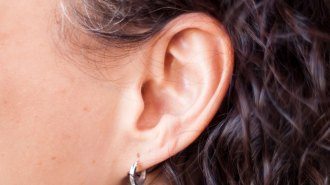 Neuroscience
NeuroscienceWiggling ears may have once helped us hear
These ancient ear muscles may provide a readout of a person's hearing efforts.